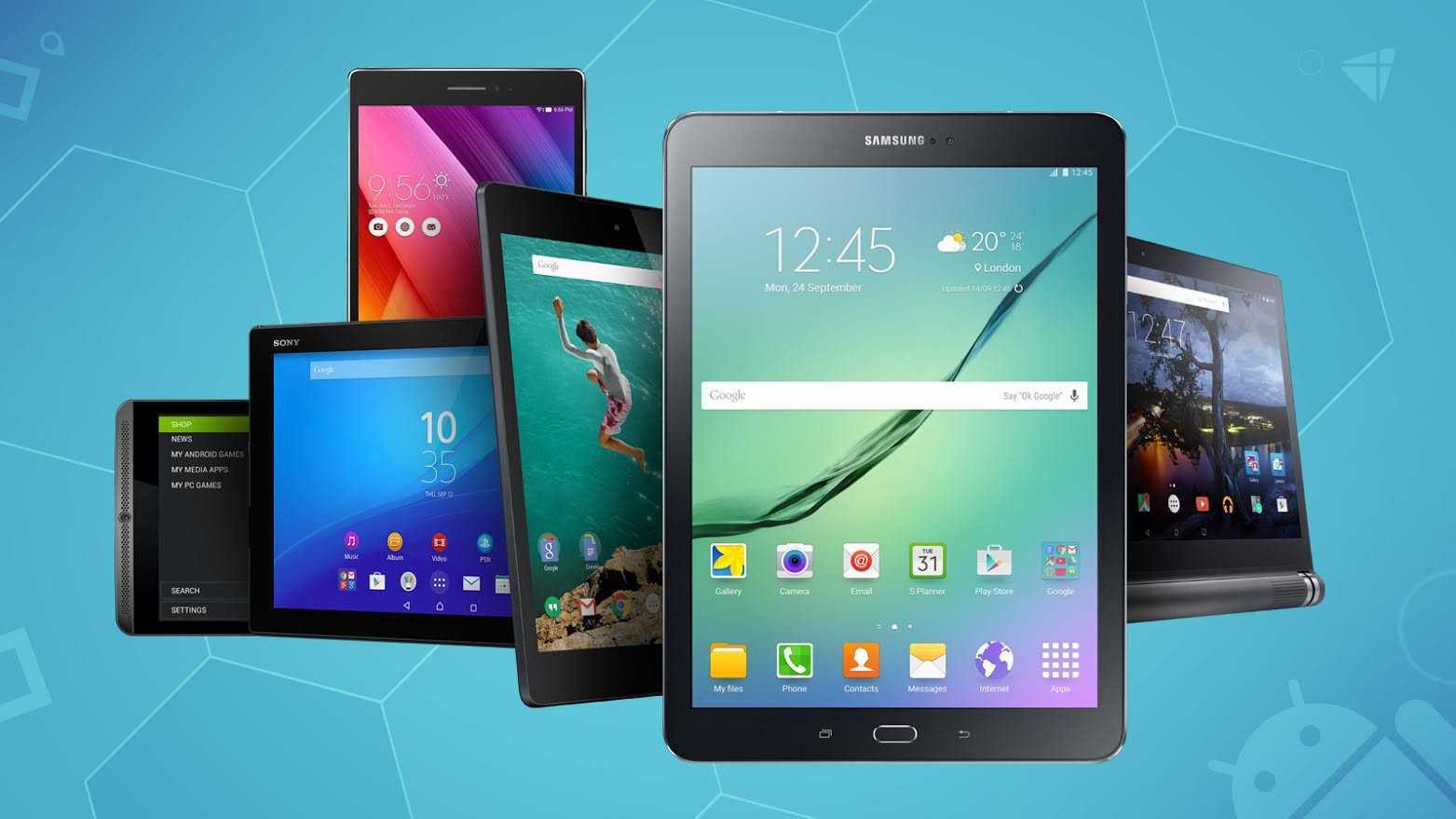
What you need to know before choosing a tablet manufacturer
Tablets have become versatile tools for work, entertainment, education and more. When you buy a tablet, whether it's your first or an upgrade, your choice of manufacturer plays a key role in your overall satisfaction with the device. Here are important factors to consider before choosing a tablet manufacturer:
1. Operating System (OS):
The operating system (OS) is the core functionality of your tablet. The three main operating platforms for tablets are Android, iOS (Apple) and Windows. Each has its own unique features, application ecosystems, and user interfaces. Your familiarity with and preference for a particular operating system will determine your choice.
2. Budget:
Decide your budget range before choosing tablets. Prices can vary widely, and having a clear budget will help narrow your options and prevent overspending.
3. Intended Use:
Think about how you plan to use your tablet. Is it primarily intended for work, entertainment, creativity, play, or a combination of these? Your intended use will determine the specifications and features you should prioritize.
4. Size and Mobility:
Tablets come in a variety of sizes, from compact 7-inch models to larger 12-inch ones. Think about where and how you will use the tablet. If you're on the go frequently, a smaller, more portable tablet may be preferable.
5. Productivity:
Evaluate your tablet's performance based on its processor, RAM, and storage capacity. High-performance tablets are essential for tasks such as gaming, video editing, or graphic design.
6. Display quality:
Display quality is critical. Pay attention to characteristics such as screen resolution, color accuracy, brightness, and whether it has an anti-glare coating. The high-quality display improves overall usability.
7. Battery life:
Think about how long the tablet can work without recharging. Battery life can vary widely, so choose a tablet that suits your usage patterns and needs.
Stop generation
Research your tablet's materials and overall durability. Some tablets are designed to be rugged for outdoor or industrial use, while others are more fragile and suitable for indoor use.
9. Brand Reputation:
Research the manufacturer's reputation. Reputable brands often provide better customer support, regular updates, and more reliable products.
10. Contact:
Check your tablet's connectivity options, including Wi-Fi, Bluetooth, cellular capabilities (if needed), USB ports, and compatibility with accessories such as keyboards or styluses.
11. Camera quality:
If you plan to use your tablet for photography or video conferencing, consider the quality of the front and rear cameras.
12. Storage and expandability:
Consider the tablet's storage capacity and whether it can be expanded using microSD cards or external storage devices.
13. Accessories:
Some manufacturers offer a range of compatible accessories, such as styluses, keyboards and protective cases. Check to see if these accessories are available and suit your needs.
14. Reviews and feedback from users:
Read reviews and user reviews to get an idea of the actual use of the tablet. Opinions from other users can reveal potential strengths or weaknesses.
15. Warranty and support:
Review the manufacturer's warranty policy and customer support options. A strong warranty can provide peace of mind in the event of equipment problems.
16. Future updates:
Make sure the tablet you choose receives regular software updates and security patches to keep it up to date and secure.
17. Ecosystem compatibility:
If you already have devices from a certain ecosystem (such as Apple devices), consider how well the tablet integrates with your existing gadgets and services.
By taking these factors into account, you can make an informed decision when choosing a tablet manufacturer that suits your specific needs and preferences. Smart choices ensure your tablet enhances your digital experience and fits seamlessly into your lifestyle.






